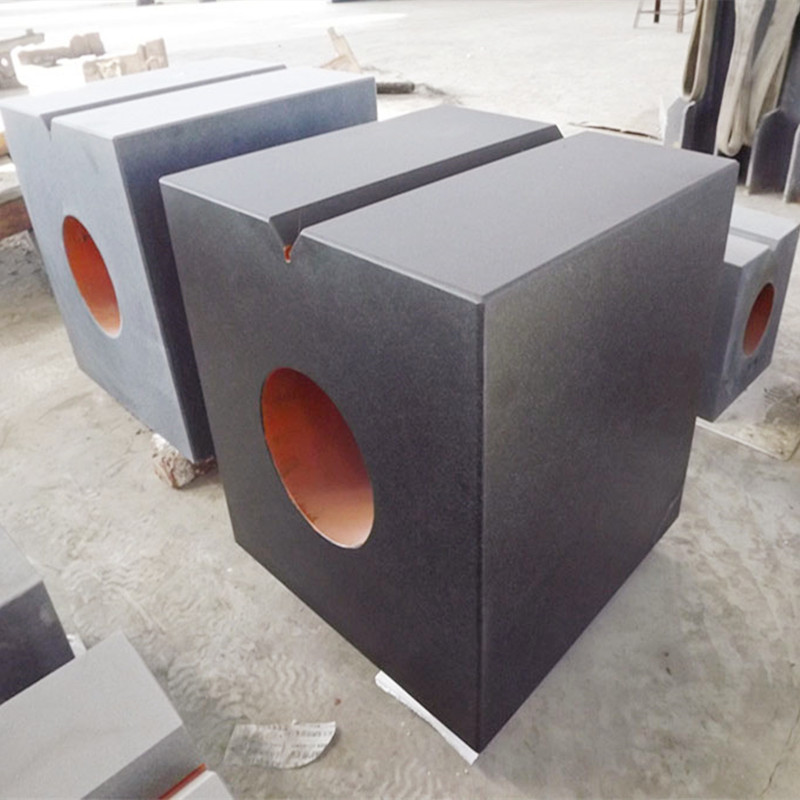okt. . 05, 2024 02:05 Back to list
8 inch butterfly valve
Understanding the 8-inch Butterfly Valve A Comprehensive Overview
Butterfly valves are essential components in various industrial applications, serving as critical flow control devices. The 8-inch butterfly valve is particularly notable due to its versatility and efficiency in managing fluid flow in pipes. These valves operate based on a simple yet effective mechanism, making them popular in many sectors, including water treatment, HVAC systems, and chemical processing.
Design and Functionality
The design of an 8-inch butterfly valve primarily consists of a circular disc, which is mounted on a rotating shaft. When the valve is closed, the disc is perpendicular to the flow of the fluid, thus blocking it. Conversely, when the valve is open, the disc rotates to a position parallel to the flow, allowing the fluid to pass through freely. This straightforward design allows for quick operation—either opening or closing can be achieved with a simple quarter turn.
The 8-inch diameter refers to the nominal size of the valve, which indicates the internal diameter of the pipe it will be fitted into. This size is commonly used in medium to large piping systems, providing a balance between size and flow capacity. The choice of using an 8-inch valve often comes from the need to handle significant volumes of fluids while maintaining pressure and flow efficiency.
Advantages of Butterfly Valves
One of the most notable advantages of butterfly valves, including the 8-inch variety, is their compact design. They require less space compared to other valve types, such as gate or globe valves, making them ideal for applications where space is limited. Additionally, the lightweight construction of butterfly valves reduces the overall load on piping systems, thereby enhancing the longevity of the installations.
Another advantage is their rapid operation. The quarter-turn mechanism allows for quick opening and closing, providing instant flow control, which is crucial in emergency situations. Furthermore, butterfly valves can achieve a tight seal, minimizing leakage, which is essential in preventing fluid loss and ensuring system efficiency.
8 inch butterfly valve

Applications of 8-inch Butterfly Valves
8-inch butterfly valves find extensive use in various applications. In municipal water treatment plants, they control water flow in distribution systems. Their ability to handle large volumes makes them suitable for both potable water supply and wastewater management. In the HVAC industry, these valves regulate airflow within duct systems, contributing to energy efficiency and comfort in building environments.
In the chemical processing industry, 8-inch butterfly valves are employed to handle corrosive substances. When made from appropriate materials, such as stainless steel or specialized polymers, they withstand aggressive environments, thereby ensuring operational safety and reliability.
Maintenance and Considerations
While 8-inch butterfly valves are generally low maintenance, periodic inspections are necessary to ensure their longevity and proper operation. Factors such as wear on the seals, corrosion, and accumulations of debris should be monitored. The type of actuator—manual, pneumatic, or electric—also plays a role in the valve’s ease of use and maintenance requirements.
When selecting an 8-inch butterfly valve, it is essential to consider factors such as the type of fluid being handled, pressure ratings, and temperature ranges. This ensures optimal performance and compatibility with existing systems.
Conclusion
In conclusion, the 8-inch butterfly valve is a robust and efficient solution for controlling fluid flows in various industrial applications. Its design, ease of operation, and compact nature make it a preferred choice across multiple sectors. Understanding its advantages and maintenance requirements can significantly contribute to the effective management of fluid systems, ultimately enhancing operational efficiency and safety. As industries continue to evolve, the reliance on such versatile components will only grow, reinforcing the importance of proper valve selection and management in fluid control applications.
-
Why Metric Trapezoidal Thread is Ideal for Precision Motion ControlNewsAug.05,2025
-
The Unique Properties of a Block of Granite for Industrial UseNewsAug.05,2025
-
The Role of Flanged Y Strainers in Preventing Pipeline ClogsNewsAug.05,2025
-
The Importance of Regular Calibration for Master Ring GagesNewsAug.05,2025
-
How a Cast Iron Surface Table Enhances Accuracy in ManufacturingNewsAug.05,2025
-
Comparing Different Check Valve Types for Optimal Flow ControlNewsAug.05,2025
Related PRODUCTS









